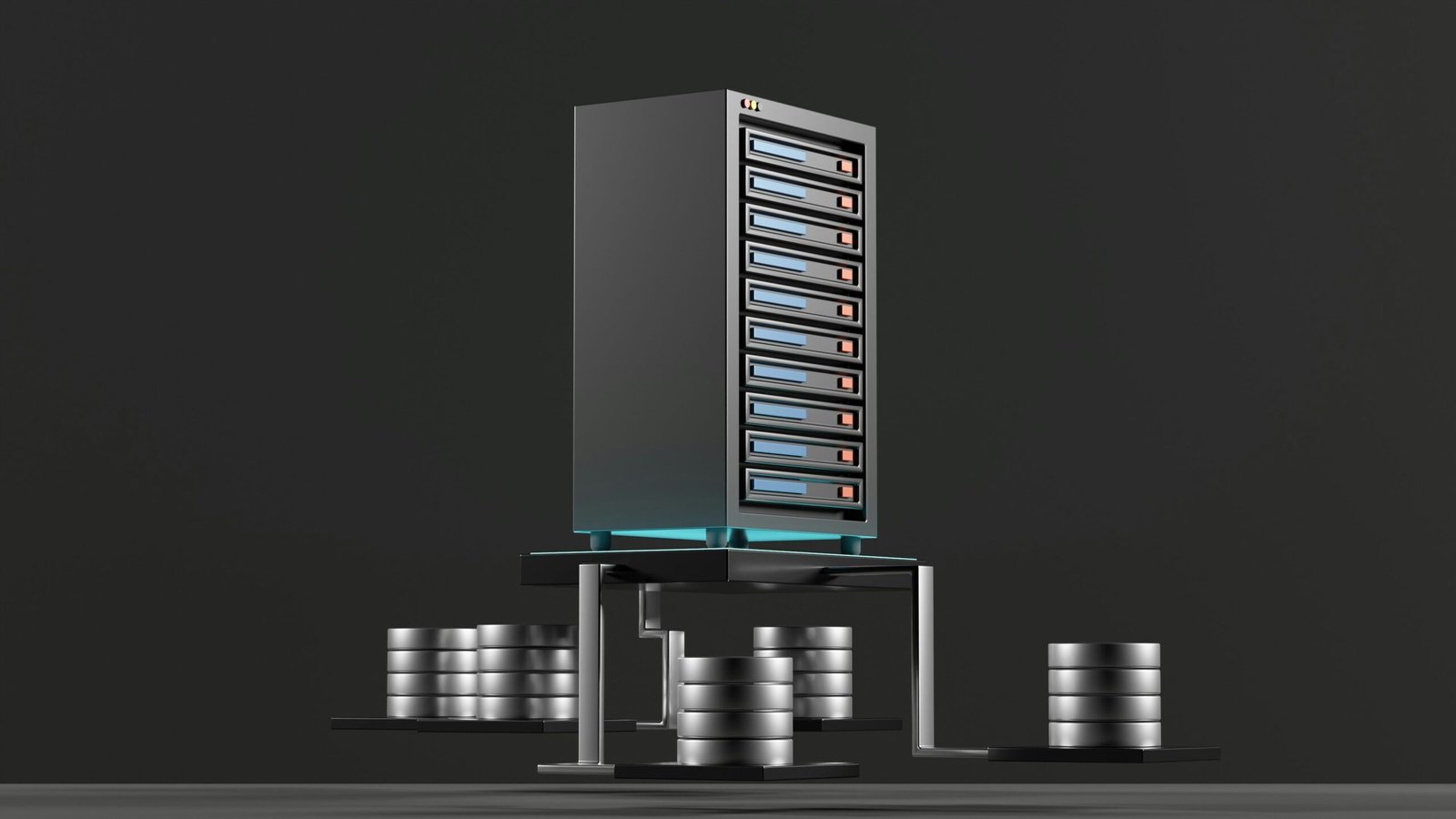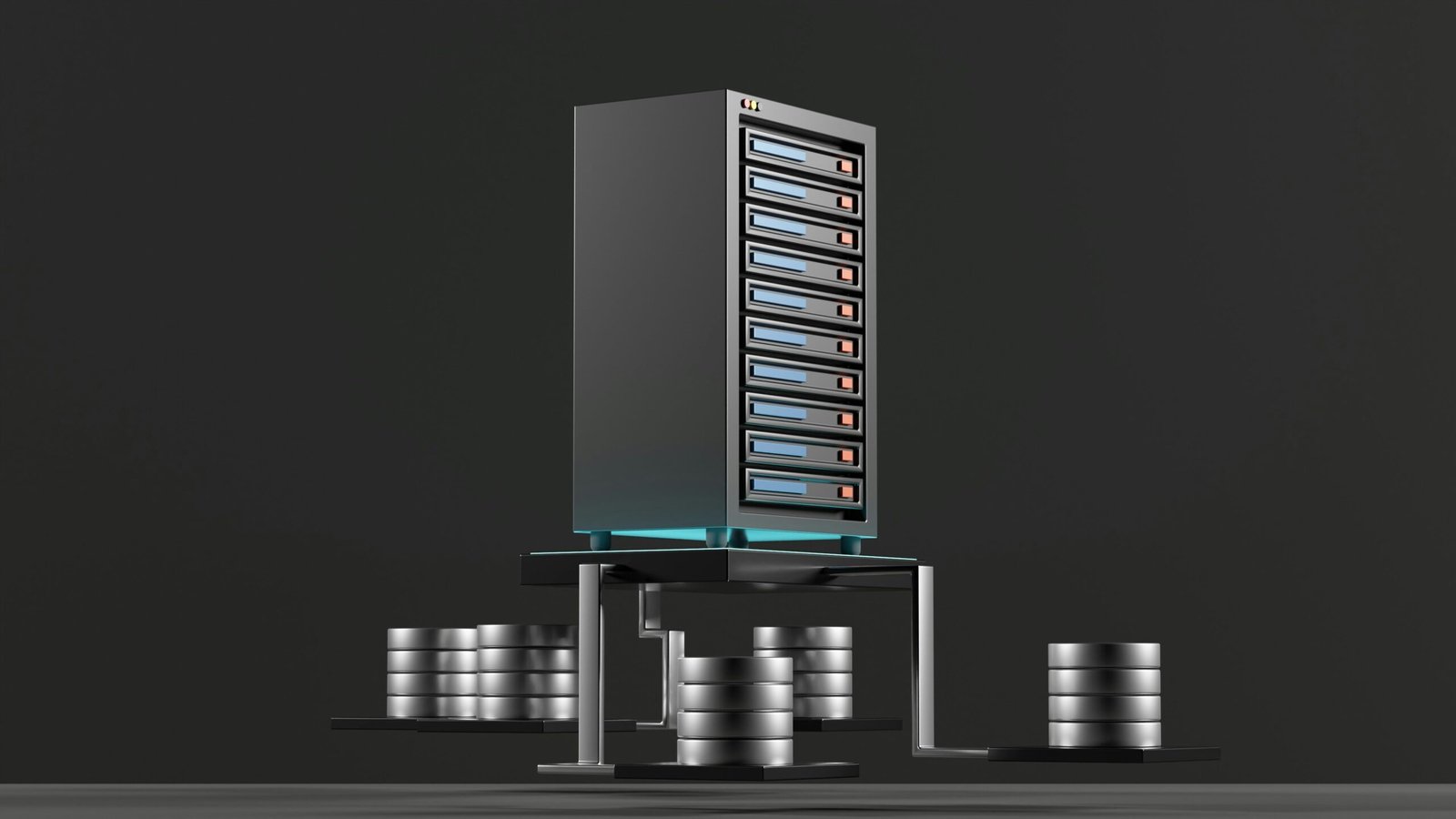Introduction to Cloud-Native Applications
Cloud-native applications are designed to leverage the advantages of cloud computing architectures. These applications are characterized by their scalable and flexible nature, which allows them to seamlessly integrate into various cloud environments. The migration toward cloud-native application development has been accelerating due to the explosion of cloud services, enabling businesses to innovate rapidly and reduce time-to-market for new services. A fundamental aspect of cloud-native applications is their architecture, which often employs microservices, enabling developers to focus on small, independently deployable units of functionality. This architectural approach contrasts with traditional monolithic applications, which can be more cumbersome and less efficient in leveraging cloud resources.
Moreover, containerization plays a pivotal role in the cloud-native landscape. By encapsulating applications and their dependencies into containers, developers can ensure consistent deployment across different environments. This methodology enhances the scalability and resource utilization of applications, as containers can be orchestrated to maximize the efficiency of hardware resources. Consequently, these developments have led to enhanced operational efficiency and resilience in application deployment.
As organizations increasingly adopt microservices and containerized approaches, the choice of server operating systems becomes critical. Server operating systems tailored for cloud-native applications are designed to meet the demands of rapid scaling, continuous integration, and continuous deployment (CI/CD). Modern server OS frameworks prioritize modularity and lightweight architectures, providing better performance in dynamic cloud environments. In essence, the trends surrounding cloud-native applications and their underpinnings reflect a broader shift in how software is built, deployed, and managed, fostering a more agile and responsive approach to application development. This paradigm shift necessitates a corresponding evolution in the operating systems that support these applications, paving the way for a new era in software engineering and deployment strategies.
Key Trends in Server Operating Systems
In the evolving landscape of cloud-native applications, several key trends in server operating systems are shaping the way developers and businesses approach resource management and application deployment. One of the most significant shifts is toward lightweight and container-optimized operating systems. These OSs are specifically designed to support containerized workloads, which are essential for the microservices architecture prevalent in cloud-native environments. By prioritizing minimal resource usage and streamlined performance, organizations can enhance their infrastructure efficiency while reducing overhead costs.
Another notable trend is the rise of immutable infrastructure, which emphasizes the use of unchangeable server images. This methodology ensures that servers are not altered after deployment, making it easier to maintain consistency across various environments. As a result, the risks associated with configuration drift are mitigated, improving system reliability and security. The adoption of immutable infrastructure leads to more predictable deployments, which is particularly beneficial in a cloud-native context where scalability and agility are paramount.
Advancements in orchestration and management tools also play a critical role in the current landscape of server operating systems. Tools like Kubernetes have gained traction for automating the deployment, scaling, and management of containerized applications. This trend reflects a broader shift towards automated processes, allowing teams to focus on delivering value rather than managing infrastructure manually. These orchestration platforms enhance collaboration among developers, enabling them to efficiently deploy applications while ensuring optimal resource allocation.
Lastly, the growing popularity of Linux-based distributions cannot be overlooked. Many organizations favor Linux due to its flexibility, robust community support, and security features. The emphasis on open-source platforms allows for greater customization and quicker adaptations to changing needs. Collectively, these trends in server operating systems foster improved resource efficiency and accelerate deployment times, significantly benefiting both developers and businesses operating in cloud-native environments.
Integrating Server OS with DevOps and CI/CD Pipelines
As organizations increasingly adopt cloud-native development, the integration of server operating systems (OS) with DevOps practices and continuous integration/continuous delivery (CI/CD) pipelines has become vital. This synergy fosters enhanced productivity, efficiency, and speed in delivering applications to the market, which are fundamental in today’s fast-paced business environment.
One of the key factors in achieving seamless integration is the compatibility of the server OS with popular automation tools, monitoring solutions, and orchestration platforms. An OS that supports Docker, Kubernetes, and other containerization technologies enables developers to create, manage, and deploy applications in a more efficient and scalable manner. Furthermore, a suitable server OS provides native support for scripting and automation tools, which are essential for effective CI/CD practices.
When selecting a server OS for DevOps pipelines, organizations should prioritize those that facilitate collaboration and automated testing. This means choosing operating systems that offer robust community support, frequent updates, and comprehensive documentation. Such attributes allow teams to address potential issues quickly and ensure that applications are deployed without delays. Automated testing capabilities within the server OS also contribute to defect detection early in the development process, significantly reducing the time spent on debugging and fostering higher software quality.
Rapid deployment is another critical aspect of DevOps workflows. A server OS designed for cloud environments should enable continuous delivery of applications without introducing unnecessary overhead. This is achieved through features such as built-in monitoring tools that provide real-time insights into system performance and application health, allowing teams to react promptly to incidents.
In conclusion, the effective integration of server operating systems with DevOps practices and CI/CD pipelines is essential for organizations aiming to thrive in a cloud-native landscape. By focusing on compatibility with automation tools, monitoring solutions, and orchestration platforms, businesses can enhance collaboration, streamline automated testing, and achieve rapid deployment, ultimately positioning themselves for sustained success.
Future Directions and Considerations
As cloud-native applications continue to gain traction, the evolution of server operating systems (OS) is expected to follow suit, adapting to emerging trends and demands within the technology landscape. Future advancements in OS technology are likely to focus significantly on enhancing security features, which will be crucial in an era where cyber threats are ever-evolving. Robust security protocols, alongside advanced threat detection and response mechanisms, will become intrinsic to server operating systems, ensuring that applications deployed in the cloud are safeguarded against potential vulnerabilities.
Integration with emerging cloud services is another critical area poised for development. Server operating systems must evolve to seamlessly interface with new cloud solutions and APIs, allowing for greater automation and orchestration within cloud environments. This integration can lead to improved scalability, enabling organizations to efficiently handle variable workloads and dynamic resource allocation. Performance optimizations, such as reduced latency and enhanced processing capabilities, will also become paramount, as enterprises seek to leverage cloud-native applications for competitive advantage.
When selecting a server operating system for cloud-native applications, organizations should consider several factors. Scalability is essential, as businesses must be ready to accommodate growth without compromising performance. Additionally, vendor support plays a crucial role; choosing an OS from a provider with a solid track record for updates and troubleshooting can mitigate risks associated with system failures. Community involvement should not be overlooked; open-source server operating systems are often bolstered by collaborative contributions that can enhance functionality and security. Finally, alignment with the organization’s overall cloud strategy is vital. A well-integrated server OS will facilitate a strategic approach to cloud adoption, ultimately driving organizational success in an increasingly digital world.









